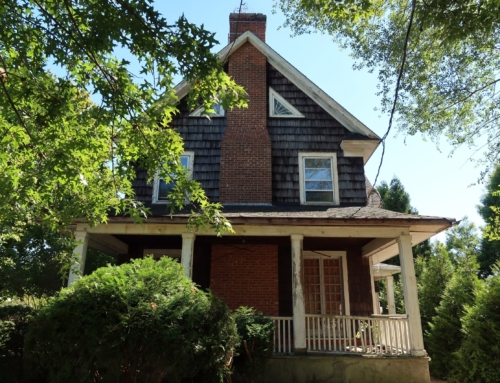
If you’re wondering what will happen to the housing market in the near future, the answer is, “not much.”
What has become painfully clear with the recent release of the July existing home sales data is that the government’s real estate industry life support measures were truly keeping the housing industry afloat.
What we see now is that real estate should have flat lined sometime last year. Now that we can see the true effects of the $8,000 and $6,500 home buyer tax credits, not to mention the $1.25 trillion the Federal Reserve spent buying back mortgage-backed securities, it’s clear that not only is the new home construction industry in a depression, but you can easily argue that home buyer demand has all but evaporated, and may not return for quite some time.
This week, the National Association of Realtors (NAR) announced that existing home sales had fallen 27 percent in July. That’s a drop that is nearly 50 percent greater than various economists had expected.
A day later, the National Association of Home Builders announced that new home sales had fallen more than 12 percent in July to an average annual sales rate of 271,000. This is a new low for new home sales. In 1982, when mortgage interest rates were at 18 percent, the home builders still sold about 324,000 homes. In 2009, home builders barely sold 300,000 homes, and now we’re about 10 percent less than that number.
Oh, and it’s nearly 30 years later.
But let’s get back to this idea that economists are “surprised” by these poor housing numbers. Really? How could their expectations have been any less? In mid-May, the Mortgage Bankers Association announced that interest in purchase mortgages (the kind you use when you purchase property rather than when you refinance an existing mortgage) had, in their words, “plummeted.”
In the weeks after the April 30, 2010 end of the tax credits, the Mortgage Bankers reported that interest in purchase mortgages continued to fall at 10 to 20 percent per week.
Even this week, refinancing make up the vast majority of all mortgage activity. Meanwhile, mortgage interest rates are at 60-year lows. I just locked in a 15-year loan at 3.75 percent. After my mortgage interest deduction, my net interest rate might be something like 2 to 3 percent. It’s virtually free money and fewer people are able to qualify for it.
What does this mean? Almost no one is buying homes. I fully expect that when the August existing home and new home sales numbers are released (typically in the third week of September), they will show further deterioration.
In addition to extremely poor sales numbers, the Realtors reported that the inventory of existing homes had risen to a 12 months’ supply. That means it will take 12 months at the current rate of sale to sell all the homes that are currently on the market.
The inventory number, as scary as it is, doesn’t include millions of foreclosures that the banks are withholding because they don’t want to flood the market by listing them all at once or because they have started the process to foreclose on the homes but have not actually completed the process because they are holding off for now.
And, it doesn’t include the millions of homeowners who either don’t qualify or who are dropping out of the government’s loan modification mess of a program. It also doesn’t include the millions of home sellers who would jump into the real estate market in a heartbeat if they thought they had a chance of selling.
In the wake of these millions of homes that aren’t selling, and the millions more foreclosures that haven’t even come on the market, the millions of Americans who have lost everything they had because they lost their jobs and are quickly aging out of any possible unemployment benefits, and the moving average of new unemployment claims, which is rising to heights not seen since 2009, it’s not surprising that the housing market has faltered.
Perhaps economists who describe the recovery as “modest” or even “extremely modest” perhaps need to spend time away from their calculators and offices.
Because if they walk away from their offices on Wall Street or in Washington, D.C., they might see that instead of a modest recovery, we have a deep recession/depression from which most of America hasn’t yet recovered.






Leave A Comment